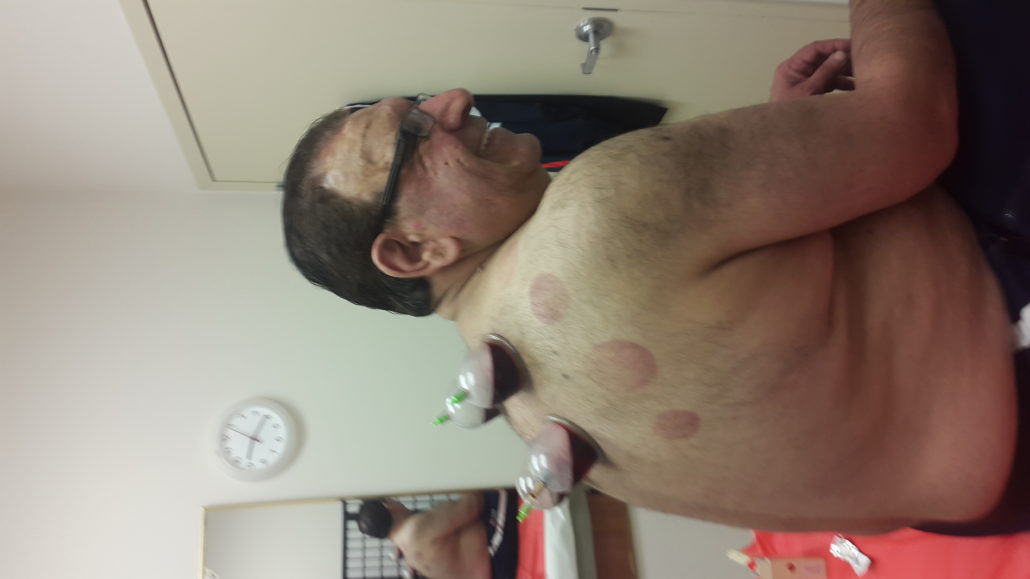Hijama therapy – Ancient Arabic Treatment
Hijama therapy literally means “sucking” or cupping in the Arabic language. It is practiced mostly among Muslim communities as Muhammad who happens to be regarded as the greatest leader in Islam approves of it. According to Islamic literature like the Muhammad al-Bukhari and the Muslim ibn al-Hajjaj, Muhammad states that “the Hijama is the best of your remedies”. Cupping as a form of medical practice is not only limited to the Muslims but is also practiced in other traditions like the Chinese, Japanese and Korean traditions for about thousands of years now. It is noteworthy to tell you thatHijama and cupping are not necessarily the same thing. Cupping is like a more general term for practices like this. Hijama is a type of cupping. Hijama is mostly wet-cupping in a religious context. There are two types of cupping: the dry cupping was no cuts are made to the skin and you do not bleed out when your skin is sucked into cups, and the wet-cupping where cuts are made to the skins and then blood is sucked out into cups. This technic is somewhat similar to bloodletting.
How Hijama is done
Hijama therapy is done in roughly five steps. Each session could take about 20 minutes to do. Let’s take a look at the steps:
- The first step is primary suction which is similar to dry cupping. Some specific points on the body are marked for hijama by the hijamist. The hijamist then disinfects the sites and places sterile cups of appropriate sizes on the specific points. It is then that the air in the cup is sucked with an electrical vacuum, flame or just the old-fashioned manual suction. The cup is left on the skin for about 5 minutes. This is for the blood to gather around the area for easier extraction.
- In the second step, the hijamist either uses a blade to cut the surface of the skin or a needle to puncture the skin after the cup has been removed from the skin.
- In the third step, the cups are put back on and blood is sucked out of the skin for about 3 to 5 minutes.
- In the fourth step, the cups are removed from the skin
- And, in the final steps, the area around the skin is disinfected with a proper disinfectant.

It is important that the cups used in Hijama be sterilized after each use to prevent the risk of transmitting disease through the blood. It is also important to maintain a clean and hygienic environment for Hijama to prevent infection of cuts.
How does Hijama work and what are the potential benefits?
Hijama therapy is used mostly for pain in many diseases. Some diseases like fibromyalgia, sciatica, arthritis and a whole lot of other diseases have pain as a symptom. Hijama has been used for many disease conditions like pain, heart issues, angina, high blood pressure, chickenpox, and so many others. However, science has not really been able to explain the way Hijama works. There are many theories as to how Hijama works though.
Hijama helps relief pain:
The first theory is the pain gate theory. This theory is quite popular in the explanation of complementary alternative therapies like acupuncture. This theory proposes thatHijama reduces pain by overloading the pain receptors in the body. It is just like you looking for information on how to start a business and you get overloaded with so much information on Google that you do not know where to start from – and then you give up starting a business altogether from frustration and confusion. This is also called information paralysis. The same is true for the nerves. According to this theory, the nerves that give you the sensation of pain are related to nerves that give you the sensation of touch, temperature, and pressure. When all these sensations become too much as what happens during suction of your skin into a cup in Hijama therapy, you do not really feel much pain because your nerves are kind of confused as the information becomes too much for your nerves to process. In essence, one pain cancels another. Another theory states that Hijamamakes the body releases natural chemicals like nitric oxide which reduces blood pressure and helps the muscles relax. Muscle relaxation also helps in relieving pains especially when it’s caused by muscle spasms.
Hijama helps boost the immune system:
There is another theory that Hijama therapy helps stimulate the immune system as parts of the immune system is normally stimulated when the skin is exposed to defend against possible infection of the wound or cut.
Hijama helps detoxify the blood:
Yet another theory states that Hijama helps in detoxifying the blood. In addition to stimulating the immune system which is also important in detoxifying the blood, most of the blood extracted during Hijama is said to contain high levels of potentially toxic wastes of the body like uric acid (which is why Hijama has been used in gout) and heavy metals.
However, we would admit that these theories although very plausible are still being investigated by science and the way Hijama works is not yet fully understood. There are even some concerns about some risks the Hijama therapy carries especially significant risks of infections that can be spread through the blood to blood contacts like HIV, herpes, and Hepatitis. However, this is mostly due to poor hygiene practices of some Hijamists. However, with good hygiene and the use of properly sterilized cupping equipment, the risk of having these infections is minimal. You just need to make sure the Hijamist you visit has good hygiene standards.

You must be logged in to post a comment.